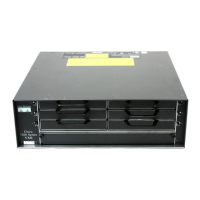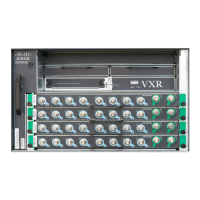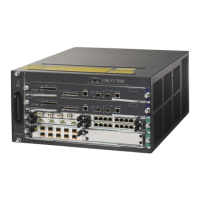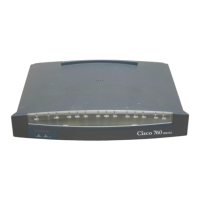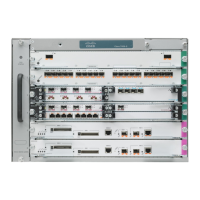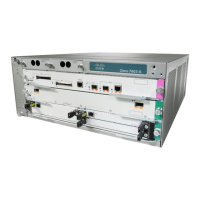6
Memory Systems Overview
Memory Systems Overview
The Cisco 7200 series memory systems are divided between the I/O controller and the network
processing engine. The memory systems provide the following functions:
• Main memory (DRAM)—Stores the running configuration and routing tables. The
Cisco Internetwork Operating System (Cisco IOS) software executes from main memory.
• Shared memory—Used for packet buffering by the router’s network interfaces.
• Flash memory SIMM—Stores the boot helper software. The boot helper image allows you to
boot the router when Flash memory does not contain a valid system image.
• Flash memory card(s)—Stores the default Cisco IOS software image.
• Erasable programmable read-only memory (EPROM)-based memory—The ROM monitor
permits you to boot the Cisco IOS image from Flash memory if a boot helper image is not present
in boot Flash memory.
• Nonvolatile random-access memory (NVRAM)—Stores the system configuration,
environmental monitoring logs, and the virtual configuration register.
Table 1 lists the Cisco 7200 series processor and memory specifications. Table 2 lists the network
processing engine factory-installed DRAM configurations and their product numbers. Figure 5
shows the I/O controller with the optional Fast Ethernet port. Figure 6 shows the network processing
engine.
Table 1 Cisco 7206 Processor and Memory Specifications
1. RISC—reduced instruction set computing
2. DRAM—dynamic random-access memory
3. SRAM—static random-access memory
4. ROM—read-only memory
Component Description Specification Location
Network processing engine Processor 150-MHz Orion RISC
1
Socket U201
Main memory (DRAM)
2
16 to 128 MB Bank 1: U12 and U4
Bank 0: U25 and U18
SRAM
3
1 MB Sockets U700 through U703
Sockets U800 through U803
Unified secondary cache 512 KB U2, U10, U14, and U26
I/O Controller Flash SIMM 4 MB Socket U99
Flash memory card 8 to 20 MB PCMCIA
Slot 0 and Slot 1
Nonvolatile RAM 128 KB Socket U41
Boot ROM
4
256 KB Socket U20
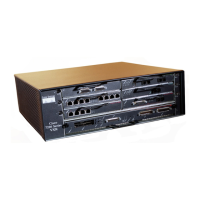
